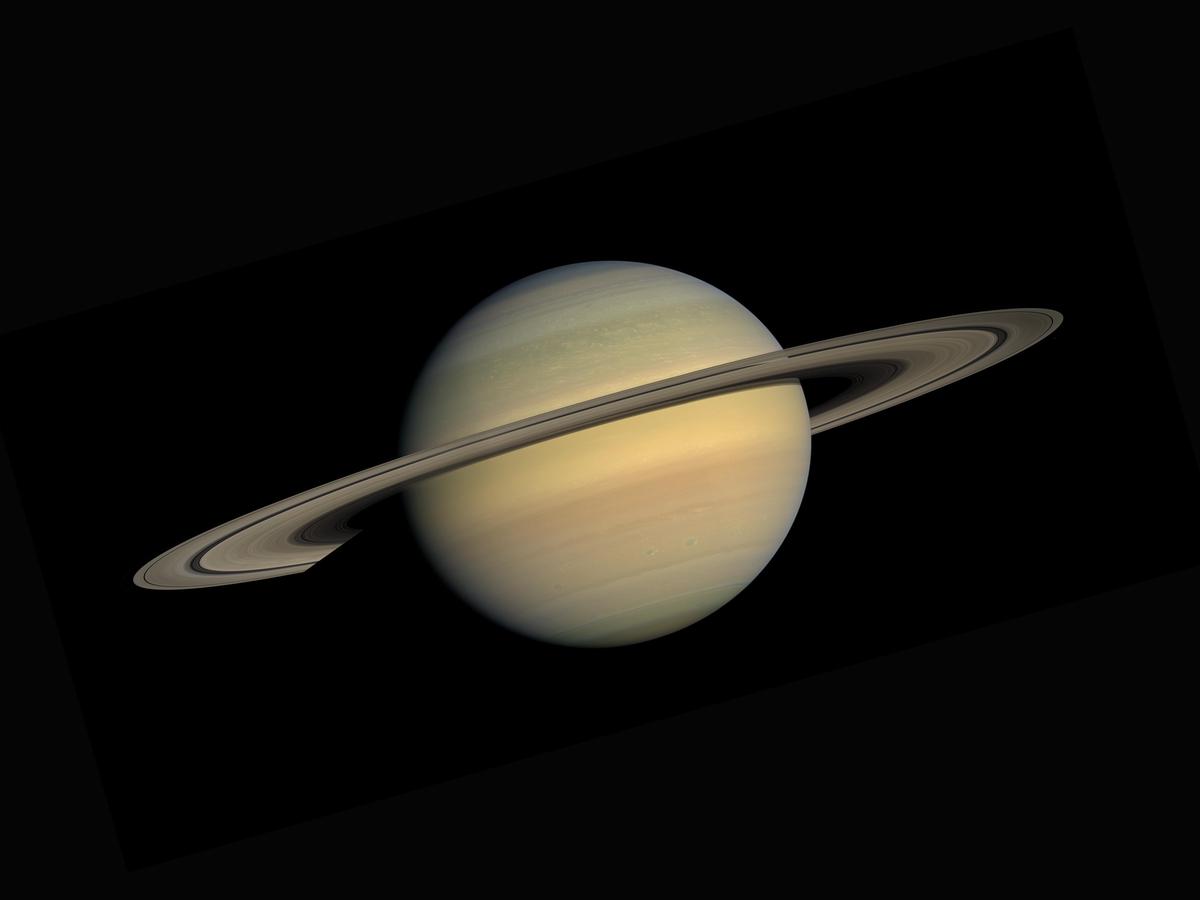In the vast cosmos, our solar system holds mysteries that have intrigued mankind for centuries. One such mystery is the Kuiper Belt, an enormous ring of icy objects nestled beyond Neptune’s orbit. This enigmatic region remained elusive until the mid-twentieth century, when notable Dutch-American astronomer, Gerard Kuiper, ventured to hypothesize its existence. Despite the technological constraints of his time, Gerard Kuiper’s relentless determination and his profound understanding of celestial dynamics led him to confirm the existence of this outer solar system belt, bearing his name forever.
The Concept and Existence of the Kuiper Belt
Concept of the Kuiper Belt
The Kuiper Belt, named after Dutch-American astronomer Gerard Kuiper, is a region of the solar system situated beyond the orbit of Neptune. It extends roughly from the orbit of Neptune (at 30 AU) to approximately 50 AU from the Sun. The Belt is believed to be filled with small bodies or remnants from the solar system’s formation. These objects, referred to as Kuiper Belt Objects (KBOs), are composed mainly of ices, such as water, ammonia, and methane. Some of the solar system’s dwarf planets such as Pluto, Haumea, and Makemake are also located within the Kuiper Belt.
Hypotheses and Discoveries
Before the official discovery of the Kuiper Belt, several astronomers and scientists postulated its existence. This was largely due to the observed patterns and irregularities in the orbits of certain small planet-like bodies beyond Neptune. Kuiper himself suggested the presence of a belt of small bodies just beyond Neptune in 1951.
However, it should also be noted that beside Kuiper, another significant figure in the theoretical proposal of the Kuiper Belt is Kenneth Edgeworth. An Irish astronomer, Edgeworth first proposed the existence of a similar region in the solar system as early as 1943. Thus, some people refer to the Kuiper Belt as the Edgeworth-Kuiper Belt, recognizing both contributors.
Official Discovery of the Kuiper Belt
The official discovery of the Kuiper Belt is attributed to astronomers David Jewitt and Jane Luu. In 1992, after five years of extensive searching using observatory telescopes in Hawaii, Jewitt and Luu detected an object beyond Pluto’s orbit, about 44 AU from the Sun. This object, referred to as (15760) 1992 QB1, was the first confirmed detection of a body in the Kuiper Belt.
Following this initial discovery, many more objects were found in the region. The Kuiper Belt became a significant area of study, leading to a better understanding of the solar system’s formation and history. It’s now recognized as the home of many comets, minor planets, and other small solar system bodies.
Significance of the Kuiper Belt
Currently, astronomers believe that the Kuiper Belt is a remnant of the primordial solar system. The objects within it represent a pristine collection of the building blocks that led to the formation of the larger planets. Studying the Kuiper Belt and its objects provide invaluable clues about the early solar system and helps to test theories of planetary formation.
Furthermore, the Kuiper Belt is significant as it’s believed to be the source of the short-period comets—those that orbit the Sun in less than 200 years. These comets may have originated from the Kuiper Belt and were subsequently scattered into the inner solar system by gravitational interactions with the outer planets.
In the grand scope of astrophysics and our understanding of the solar system, the discovery of the Kuiper Belt has proven to be a significant turning point, expanding our perception of the outer edges of our celestial neighborhood.

Gerard Kuiper and the Discovery of the Kuiper Belt
The Role of Dr. Gerard Kuiper
Recognized as an influential figure in planetary science, Dr. Gerard Kuiper, born in the Netherlands in 1905, played a key role in this field. He relocated to the United States in 1933, where he shared his knowledge and research as a professor at esteemed institutions such as the University of Chicago and the University of Arizona. Over the course of his impressive career, Kuiper was responsible for many pivotal discoveries, including the one that bears his name today – the Kuiper Belt.
Proposition of the Kuiper Belt
In 1951, Kuiper, who had turned his research toward the study of comets, proposed the existence of a belt beyond the orbit of Neptune—now known as the Kuiper Belt. This was a region of space where he hypothesized that short-period comets originated. These comets have orbits that bring them around the sun in less than 200 years. He laid out the basics of his theory, suggesting these icy debris were remnants from the early solar system.
Challenges in Confirming the Existence of the Kuiper Belt
Gerard Kuiper’s initial proposal of the belt received skepticism from several scientific quarters. At the time, technology was not advanced enough to peer deep into the space beyond Neptune and confirm the existence of the belt. Moreover, Kuiper himself was not entirely convinced, as there was not enough observable evidence.
Breakthroughs and Discoveries
Despite these challenges, research into the existence of the Kuiper Belt persevered. In 1992, astronomers David Jewitt and Jane Luu announced the discovery of 1992 QB1, an icy body beyond Neptune’s orbit, establishing the first concrete evidence of the Kuiper Belt. This breakthrough was only possible due to advancements in telescope technology and increased study of the outer solar system.
Legacy and Posthumous Recognition
The Kuiper Belt was named posthumously in 1992 in honor of Kuiper’s contributions to planetary science. The confirmation of the belt’s existence, even after Kuiper’s passing, signified the importance and profundity of his scientific predictions. It cemented the fact that he had rightly proposed one of the most critical remnants of our early solar system.
The Pivotal Role of the Kuiper Belt in the Solar System
The Kuiper Belt, today, is accepted as an integral part of our understanding of the overarching structure of the solar system. It stands as tangible evidence to support theories of planetary formation and holds origin to numerous short-period comets. The discovery of the Kuiper Belt has greatly enhanced our understanding of the far reaches of our solar system, reflecting the visionary prowess of its theorized founder, Gerard Kuiper.

Photo by kimsondoan on Unsplash
Impact and Contributions of Kuiper Belt’s Discovery
Tracing the Origins of the Kuiper Belt’s Discovery
The discovery of the Kuiper Belt is largely credited to renowned astronomer Gerard Kuiper, for whom it is named. Kuiper put forward a compelling hypothesis in 1951, suggesting the existence of a vast area beyond Neptune that he believed was populated with small, icy bodies, acting as a celestial nursery for comets. Even so, it wasn’t until 1992 when hard proof of the Kuiper Belt materialized thanks to the tireless efforts of astronomers David C. Jewitt and Jane Luu. Discovering an icy object approximately 200 kilometers in diameter that was situated over 40 Astronomical Units from the Sun, they prompted a scientific breakthrough. The object, named “QB1” or “1992 QB1”, confirmed the long-held theories of Kuiper and led to the official recognition of the region, christened in his honor.
Impact on Our Understanding of the Solar System
The discovery of the Kuiper Belt has fundamentally revolutionized our understanding of the outer solar system. Its significance lies in the observation that the solar system does not end with Neptune or Pluto but extends much farther. Furthermore, the Kuiper Belt, being the home of numerous icy objects including several dwarf planets, has necessitated an expansion in the definition of our solar system. It has also redefined our perception of planet classification, with Pluto’s status notably changing from a planet to a ‘dwarf planet’ situated in the Kuiper Belt.Significance for Research in Astronomy and Planetary Science
The Kuiper Belt is now considered a critical region for research in astronomy and planetary science, offering a wealth of information about the early solar system. The relatively undisturbed nature of the icy objects in this region provides a snapshot of the conditions that prevailed during the formative years of the solar system. Thus, studying these objects offers clues about the solar system’s origins and the processes that influenced its formation and evolution.Implications on Future Space Explorations
The discovery of the Kuiper Belt also has extensive implications for future space explorations. There is an increased interest in sending probes and missions into this region to gather more data about these distant celestial bodies. NASA’s New Horizons mission, for instance, flew past the Kuiper Belt object named ‘Ultima Thule’ in 2019, providing valuable information about these primordial remnants of solar system formation. The explorations of the Kuiper Belt could significantly contribute to humans’ quest to understand our place in the universe, and potentially, pave the way for future robotic and human explorations into the farthest reaches of the solar system.
The astronomical realm has experienced a paradigm shift due to the discovery of the Kuiper Belt. Our understanding of the solar system has expanded profoundly, shedding light on the existence of numerous trans-Neptunian objects, some of which rank among the biggest in the solar system. It has provided planetary scientists an endless horizon to trace back the history of our cosmic neighborhood. The region, once deemed remote and desolate, is now an exciting frontier for explorations, opening doors for new discoveries in the cosmic neighborhood. The impactful journey of Gerard Kuiper serves as a testament to human curiosity and the relentless pursuit for knowledge of the universe that surrounds us.
![]()
